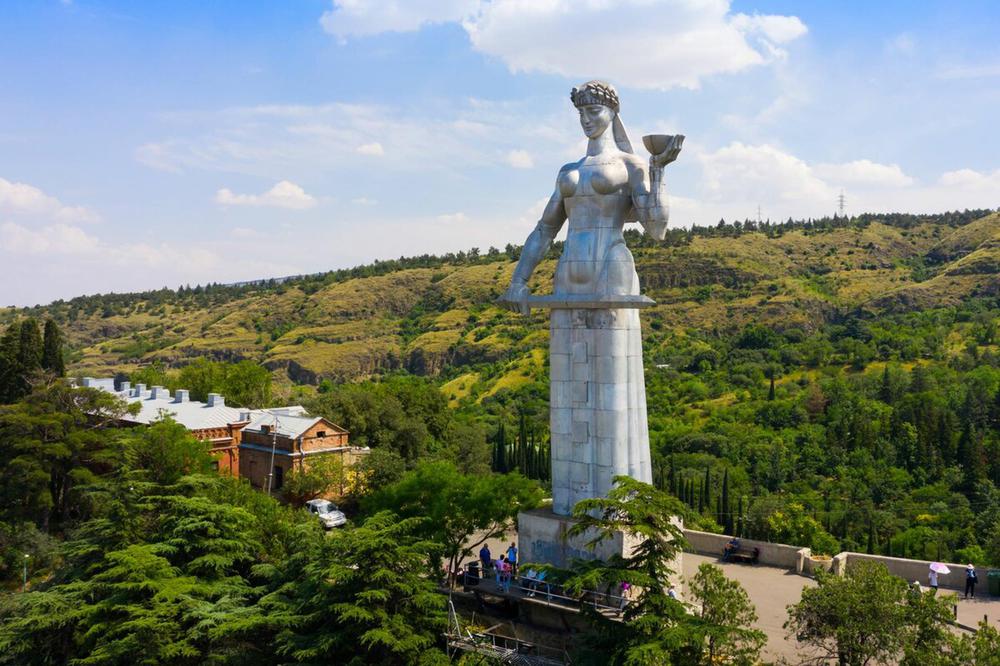The Atashgah of Tbilisi, situated a mere 100 meters (approximately 328 feet) east of the Holy Mother of God Church of Bethlehem, stands as a testament to Georgia's rich and diverse religious history. Also known as the Ateshgah, this ancient Zoroastrian fire temple translates from Persian to mean "place of fire," revealing a glimpse of the sacred rituals that once took place within its hallowed walls.
Tucked away on the historical slopes northeast of the Mother Georgia statue, Atashgah is an unassuming brick structure protected by a curved perspex roof. It stands as one of the oldest surviving religious buildings in Tbilisi, discreetly camouflaged amidst the city's modern architecture and nestled within the historic part of Georgia's capital.
While its precise construction date remains shrouded in history, the Atashgah is generally believed to have been built during the Sasanian era (224-651 AD), when Georgia was part of the vast Persian Empire. This period is characterized by a flourish of Zoroastrianism, and the Atashgah served as a critical spiritual center, known for its aromatic fires lit from orchard wood. Its claim as the "northernmost Zoroastrian fire-temple in the world" only underscores its unique religious significance.
The Atashgah's resilience in the face of historical change is remarkable. As Tbilisi changed hands between Persians and Turkish Muslims during tumultuous wars, the temple temporarily served as a mosque. Later, it transitioned to a storehouse and even a residential space. Despite these transformations, the Atashgah's spiritual essence remained, helping it earn its place on Georgia's list of Monuments of National Significance.
The Norwegian government, recognizing its historical and cultural importance, joined a restoration project for the Atashgah in 2007. Thanks to these efforts, the Atashgah stands today as an emblem of Georgia's rich religious history, ready to welcome visitors who wish to explore the legacy of Zoroastrianism in this vibrant country.












